To expand sustainably, architects are planning for life on the water
Anyone who’s had the pleasure of taking in Venice’s beauty knows it’s unlike anywhere else in the world. The city built on water has captured imaginations for centuries with its romance. In its early days, the city’s location on islands in the Venetian Lagoon offered protection from invaders. As time wore on, the Venetians used their proximity to the sea to build a naval empire and spread the legend of “La Serenissima,” the “most serene republic.” But lovers of Venice also know how vulnerable the city’s position makes it when the acqua alta floods squares and threatens to drag buildings back into the lagoon from which they sprang. As a changing climate made flooding more of a problem, Venice developed the MOSE system to protect it from high tides. As architects envision a new generation of floating cities, they are working hard to incorporate sustainability as a foundational element.
OCEANIX City
The waters off the coast of Busan, South Korea, will serve as the host of what blue tech firm OCEANIX calls “the world’s first prototype of a resilient and sustainable floating community.” When it opens – possibly in 2026 – OCEANIX says it will be home to 12,000 people and cover 6 hectares (15 acres). Danish architecture firm Bjarke Ingels Group is working on the design as part of the UN-Habitat’s New Urban Agenda.
“We really hope that it will be a successful project and we would like to replicate it in other parts of the world,” Maimunah Mohd Sharif, executive director of the United Nations Human Settlements Programme, told CNBC.
The city will consist of three islands, one designated for hospitality, one for research, and one for living. The islands will be connected by walkways to each other and to the mainland.
OCEANIX City will be “a city that is the most resilient city you can imagine, but at the same time, the most enjoyable city that you can imagine,” Ingels told CNBC.
Oxagon
BIG is also working on Oxagon, a floating industrial city that’s part of Saudi Arabia’s NEOM Project. At 4.3 miles wide, the city will be the largest floating structure in the world. Parsons is handling construction and project management at the site, which could have logistics solutions facilities in place by next year. The “floating city will be a hub for innovation, enabled by an automated port integrated with a smart supply chain network,” Parsons says. It will be powered 100% by renewable energy, with sustainable food production, and water desalination systems.
“With closeness to nature, proximity to work, and easy access to core services, Oxagon will promote a healthy and active lifestyle for residents and visitors alike,” NEOM says, projecting a population of 90,000 by 2030.
With easy access to the Suez Canal, Oxagon could become a major port for the Middle East and promises to accelerate Industry 4.0 initiatives.
Dubai Reefs
Baharash Bargherian’s URB is a self-proclaimed “global leader in developing sustainable cities.” Its floating project aims to regenerate the coastal ecosystem of Dubai, which has deteriorated under oil-digging and dredging projects. URB is building the world’s largest artificial reef at 200 square kilometers (77 square miles), while planning to incorporate 1 billion corals and 100 million mangrove trees into the ecotourism and ocean conservation hub.
“The health of our cities is intrinsically tied to the health of our oceans,” Bagherian says. “The ocean is the source of life controlling everything. Given that everything on our planet is connected, a healthy ocean is a healthy city. Our ocean will be entirely different by the end of the century if we don’t take action today.”
Dubai Reefs will be fully powered by renewables, in particular using ocean wave energy, and practice regenerative ocean farming. In addition to research facilities for marine biology, Dubai Reefs will feature wellness facilities and ecolodges.
Maldives Floating City
More than 80% of the land in the Maldives is less than a meter above sea level. The island nation’s government has partnered with Dutch Docklands, “the world’s leading developer of floating cities.” Opening in the next five years according to the plans, Maldives Floating City will contain 5,000 housing units within a 15-minute boat ride of Male, the country’s capital, and site of its international airport. Waterstudio.NL is the master plan architect of the floating city, whose buildings will be tethered to the lagoon floor.
The development will be sea level rise-proof and will allow only bicycles and electric noise-free scooters as overland transportation on roads made of sand. The mixed-use project will also include hotels, shops, and restaurants.
“Maldives Floating City is based on the local culture of this sea-farers nation,” the government declares. “Maldivians have a strong relation with the sea, so living on water is aligned with their culture and history.”
Dogen City
No location has been announced yet, but Japanese startup N-Ark has ambitious plans for a floating “smart healthcare city” opening by 2030 that would house 10,000 residents and be able to welcome 30,000 visitors. Covering 390 with a circumference of 2.5 miles, Dogen City would produce its own food and be home to medical research centers that would provide residents with daily telemedicine consultations and robotic surgeries.
Food production would yield about 7,000 tons of food each year using regenerative aquaponics, and Dogen City would generate more than 22 million kilowatts of power annually. The blueprint calls for schools, cemeteries, stadiums, and mobile islands. The residential zone is just one layer of the city, with a data center placed underwater to keep cool, and a third layer dedicated to spacecraft launches. An outer ring barrier would protect the city from tsunamis and other weather events.
“The concept is medicine, food, and housing are the same source,” N-Ark says.
Floating City
This concept is still looking for a home (or homes, all over the world) but Luca Curci Architects and designer Tim Fu have collaborated on a proposal for Floating City, which would cover 25 acres and be home to 50,000 people. The city would be powered by renewable energy and contain water desalination facilities. Neighborhoods would include high-rise and low-rise buildings with vertical gardens and green spaces throughout. Self-sufficient communities would grow their own food, and individual floating islands would have markets and spiritual and cultural centers.
“Floating City is designed to support the global response to the threat of climate change,” the designers say. “Floating City is a project proposal for sustainable and resilient cities. Adaptable, and scalable. Designed to adapt to the shifting needs of several coastal cities, particularly vulnerable to sea level rise due to their low elevation, like New York, Miami, New Orleans, Jakarta, Amsterdam, Hong Kong, Shanghai, and Tokyo, the project has the potential to expand and accommodate more than 200,000 people.”



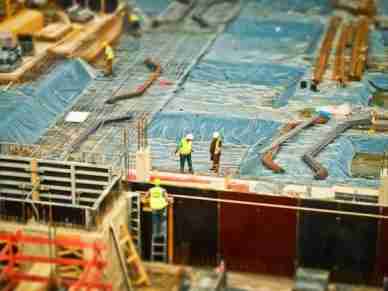
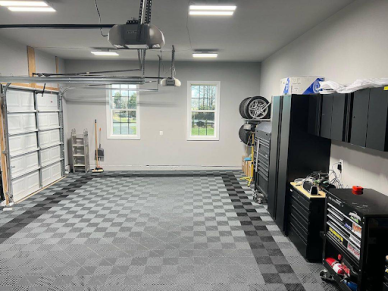
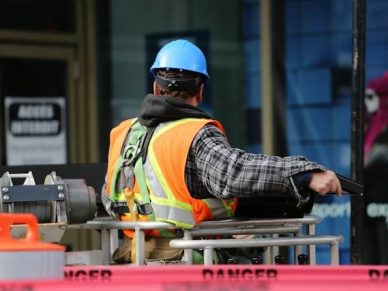
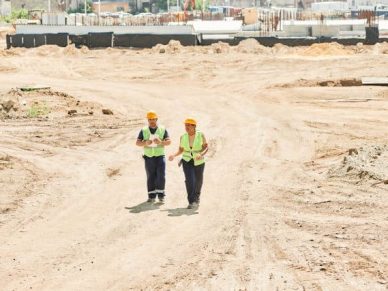

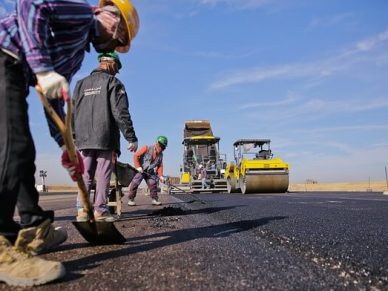
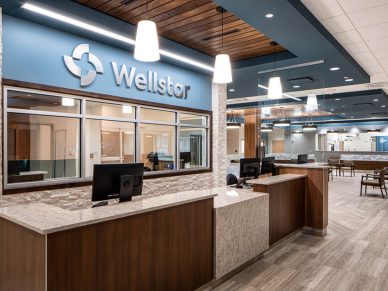

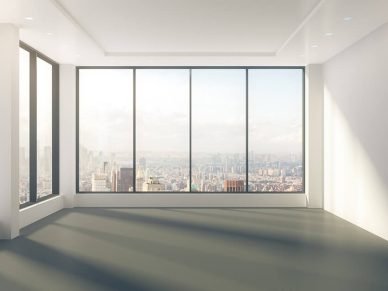




Leave a Reply